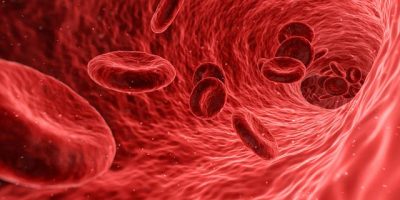The world of small suspended objects
PDF
In our environment, there are many examples of small objects suspended in a fluid, other than fog droplets. This is the case with the red blood cells in our blood that take oxygen from our lungs and carry it to our muscles and organs. This is also the case for fat droplets in milk, which settle very slowly to form a superficial skin (cream). In a powdery snow avalanche, snow crystals are also suspended in the carried air, which is a fluid denser than ambient air, which can flow down slopes at considerable speeds (see article Snow Avalanches). Similarly, water loaded with clay or silt particles extracted by riverbed erosion becomes cloudy. These particles settle very slowly and the deepest layers, where the fluid is most dense, sometimes flow as turbidity currents to the bottom of lakes and oceans.
Why don’t the clouds in the sky fall? This example raises questions about the stability of suspensions. The amount of liquid water in a cloud is about 1 g per m3. Although this represents only 1/1000 of the air mass, it would in itself be sufficient to cause the clouds to fall heavily. But clouds also contain water vapour, which is warmer and lighter than dry air, and in greater quantity than liquid water. In addition, clouds are generally formed by natural convection in columns of air that are warmer than their environment. A heating of 1°C is sufficient to create a 0.3% decrease in density, thus largely compensating for the weight of the water drops. For the same reason, fumes tend to rise despite their charge of droplets or solid ash.




